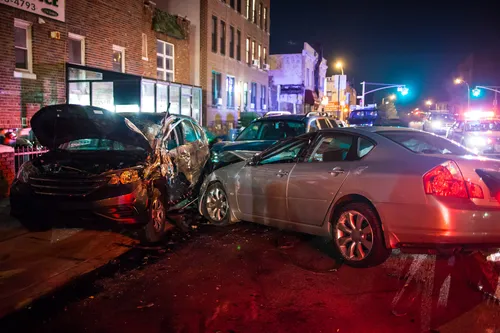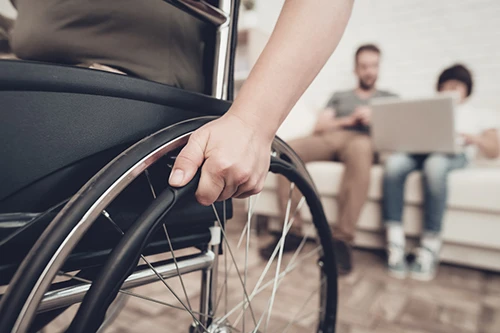Sleep deprivation is disastrous to not only your mental capabilities but also to your physical body. Nonetheless, it doesn’t stop the U.S., a nation known for its heavy work productivity. In fact, a study in 2016 from the Centers for Disease Control and Prevention revealed that 35 percent of adults don’t get enough proper sleep (7 or more hours per day). Sleeping anything less than that can increase your risk of developing chronic conditions such as obesity, which can cause diabetes, high blood pressure and heart disease. Furthermore, a poor sleep cycle and lead to severe mental distress, which can affect your ability to navigate through your daily life, especially driving.
Driving impairment can cause serious injuries or death to you, your passengers, and other drivers. That doesn’t stop the 60 percent of drowsy adult drivers – roughly 168 million – from staying off the road, if we’re referring to the 2005 National Sleep Foundation’s Sleep in America poll. Additionally, 37 percent of those drivers have fallen asleep at the wheel, with 13 percent to have done so at least once a month.
Driver fatigue is one of the top causes of automobile accidents due to how similar it is to drunk driving. If you’re a victim of drowsiness while on the road, here’s what you can do to prevent an accident from happening to you.
Check for Symptoms of Drowsy Driving
- It’s important to check for symptoms of drowsiness while on or off the road. Symptoms include:
- Difficulty focusing
- Heavy eyelids and constant blinking
- Daydreaming
- Missing exits, stop signs, stop lights, and other signs
- Yawning repeatedly
- Drifting from your lane onto another lane or rumble strip
Rectify the cause of your drowsiness.
You need to focus on the problem of your drowsiness. Are you not sleeping enough hours? Are you having restful sleep? If not, seek the source of the issue. Have you been staying up too long binging shows? Are you a victim of night terrors? Do you have caffeine before bedtime? Or do you check social media as you lie in bed? Put a stop to any of these or other issues. If you need to, seek help.
Carpool if you can.
If you’re sleepy, perhaps you can arrange a carpool with your coworkers, so that you can rest to and from work.
Avoid driving at night.
Driving at night can lead to an increased risk of accidents due to that fact that not only are you fatigued after a long day of work, but you are dealing with night vision and potential rush hour traffic. In fact, night time is the most dangerous time of the day to drive.
Obviously, you may not have the luxury to avoid night driving, so:
- Aim your cleaned headlights properly (be sure to not turn on high beams unless necessary).
- Look down towards the right side of the road to avoid oncoming lights.
- Wear anti-reflective glasses (if you need them)
- Ensure your windshield is cleaned
- Be sure to stop safely during rush hour; do not tailgate!
If on a long trip, switch drivers or take breaks.
If you happen to take a trip that lasts hundreds of miles, then you will need to take breaks. If you have another driver with you, be sure to switch every once in a while. If you’re alone, take occasional breaks for a few minutes, whether you are near a gas station, a restaurant, a truck stop, etc. If you aren’t near anything, pull over and take a break on the side of the road.
Stimulate your mind while driving.
To keep yourself from dozing, you should keep yourself mildly entertained. Listen to upbeat music, a podcast, an audiobook, or anything along those lines. Perhaps you can try to see how many license plates are from other states.
Have a family member or friend drive you to work.
If you have a friend or family member who has the time to take you to work, you should ask for a ride. If it applies, offer some cash for gas.
Consider correcting your posture.
Do not slouch while driving! Sit upright in the chair (if you need to, raise the chair’s back) and bend your elbows slightly as you hold the wheel.
Pull over and take a nap.
If all else fails, pull to the side of the road and take a brief nap.
These are just some ways to avoid drowsy driving, but the bottom-line is that try to avoid driving while drowsy. If you can’t avoid driving, be sure to take necessary precautions. Listen to music, have someone drive you, or find the solution to the source of your drowsiness. If you have no other option, do not hesitate to take a brief nap on the side of the road.

